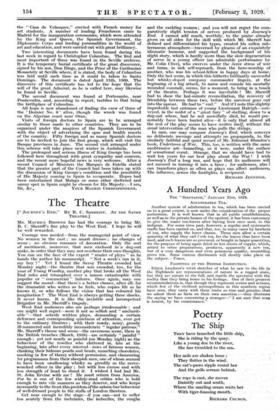A Hundred Years Ago
Another system of adulteration in tea, which has been carried on to a great extent, is now under the consideration of the proper authorities. It is well known that in all public establishnients, as well as in the private houses of the opulent, it has been customary to give the waste tea-leaves after having been once used, to the indigent. For some time past, however, a regular and systematic traffic has been carried on, and that, too, in many cases by hawkers of tea, who supply the lower classes. These men allow a certain quantity of what they call fresh tea, for the leaves that have been used, and such leaves are so procured, or bought in larger quantities,. for the purpose of being again dried on hot sheets of copper, which, added to other preparations, produces, apparently a new tea, but of a very dangerous and even poisonous quality, resembling green tea. Some curious disclosures will shortly take place on the subject.—Times.
PAINTINGS AT THE BRITISH INSTITUTION.
Edwin Landseer's vivid sketches of what he saw to the life in the Highlands are representations of nature in a rugged state, but they are nature to the full, and startle the spectator with the reality that they bring home to his feelings. One of their greatest recommendations is, that though they represent scenes and actions, which few of the civilized metropolitans in this southern region have seen, they carry with them traits so true and genuine, that we admit them as facts on their own assertion :—they illustrate the saying we have concerning a stranger—" I am sure that man is honest, by his countenance."








































 Previous page
Previous page